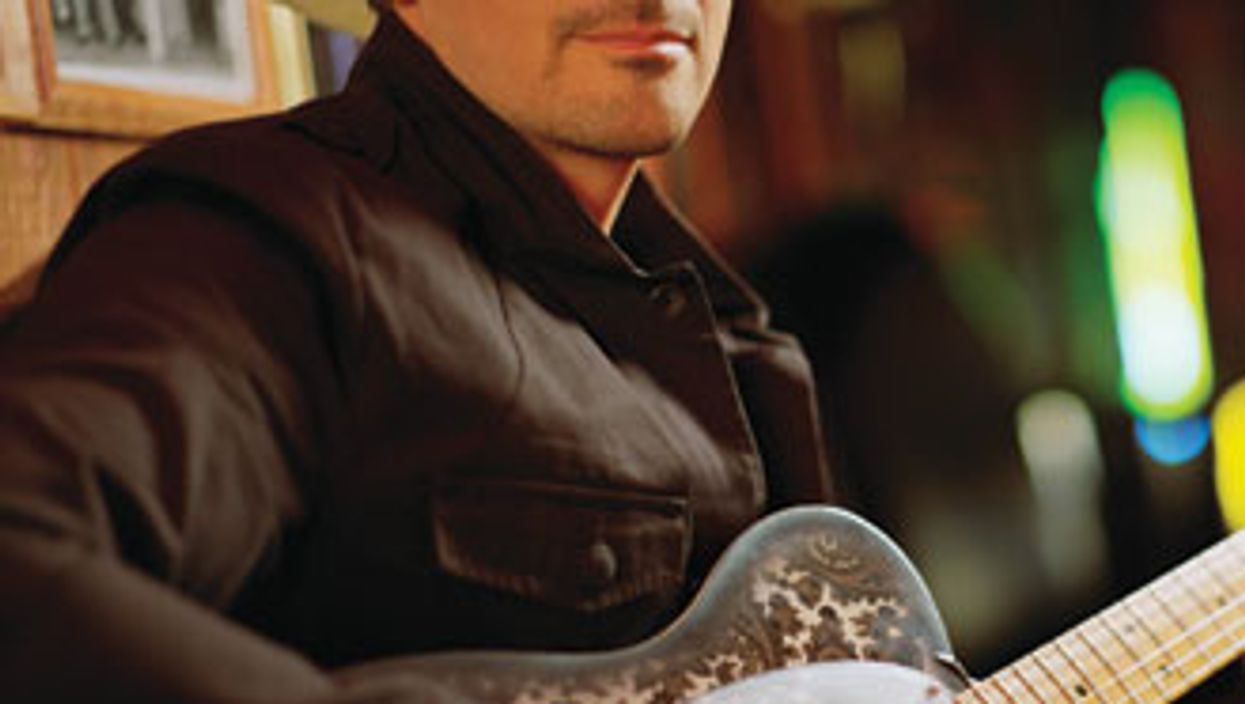Search
Latest Stories
Start your day right!
Get latest updates and insights delivered to your inbox.
gig-show-recording-album-country-keith-urban-tele-strat-les-paul-custom-records-musicom-acoustics-live-studio-electrics-teles
Don’t Miss Out
Get the latest updates and insights delivered to your inbox.
Recent
load more

